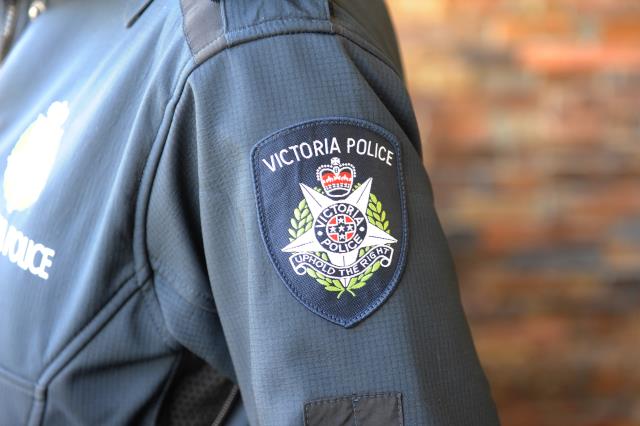Victoria Police will be educating drivers across the state, including in Greater Dandenong, about the dangers of low-level speeding this Anzac Day weekend.
Launched on Wednesday 24 April and running until 11.59pm on Sunday 28 April, Operation Tribute will include police handing out 40,000 fact cards countering five of the most common misconceptions about low-level speeding, including why going a little bit over the speed limit is in fact a risk and why small increases in speed increase the likelihood of a crash.
Assistant Commissioner Road Policing Glenn Weir said there are a number of misconceptions around low-level speeding.
“We often associate high-range speeding and reckless driving with fatal and serious injury collisions,” he said.
“The reality is low-range speeding and basic driving errors, even if due to a lapse in concentration, can be just as devastating.”
Enforcement will remain a focus this weekend with police targeting speeding, distraction and impaired drivers.
While the number of lives lost on Victoria’s roads is slightly down on last year, police are concerned at current levels of road trauma, especially fatalities involving vulnerable road users.
Both motorcyclist and pedestrian fatalities are higher than at the same time last year, with 22 motorcyclist fatalities compared with 16 at the same time last year and 12 pedestrian fatalities, double the figure at the same time last year.
Mr Weir said all road users should take care on the roads on Anzac Day and throughout the weekend.
“We see these fact cards as an opportunity to proactively engage with motorists and have a conversation about how their speed can lead to trauma,” he said.
“We’d always prefer to educate motorists so they can make smarter and safer decisions behind the wheel, but we also won’t hesitate to enforce when road rules are being ignored.
“Anzac Day is a high-risk period on our roads, so we ask people to take care and look out for one another – particularly around the dawn services and commemorative events taking place.”







